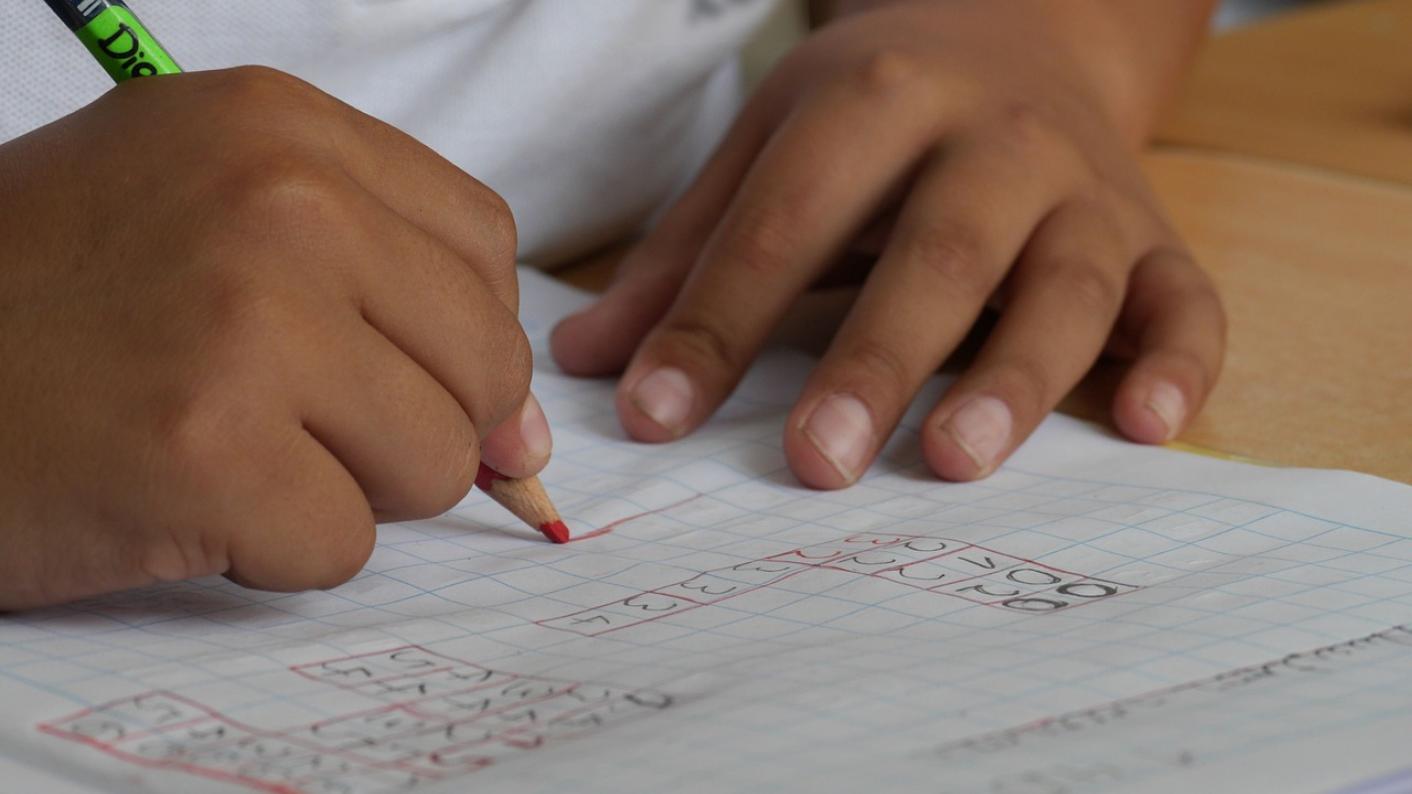Feedback gives pupils information about their learning and progress, as well as a chance to work on what needs to be improved. Make sure to allow your pupils time to reflect and implement the feedback, before offering fresh insight.
Feedback should look something like this:
Teacher gives feedback -> pupil implements feedback -> teacher provides new feedback
Giving feedback instantly is a strategy many outstanding teachers use – pupils receive an immediate input of useful information, as soon as they have completed a task, so that it can then be acted on while it's fresh in the pupil’s mind and relevant to what they are engaged with at that moment.
Here are some examples:
- In a PE lesson, the teacher observes a pupil throwing a javelin. Each time the javelin is thrown, the teacher gives feedback on the pupils’ technique, which the student then implements on their next throw. This way, each throw is a chance to improve.
- In a history lesson, the teacher observes a pair analysing a source, and gives them feedback suggesting how they could think more critically. The teacher returns two minutes later to see how the discussion has altered, and then gives further feedback according to the developments that have occurred.
- In a literacy lesson, the whole class is given a punctuation exercise to complete. After five minutes, the teacher displays the correct answers on the board, indicating common mistakes pupils make during this particular exercise and explaining how to correct them. Pupils then have a chance to compare their work with the answers on the board and with what the teacher had said, before making any necessary changes.
